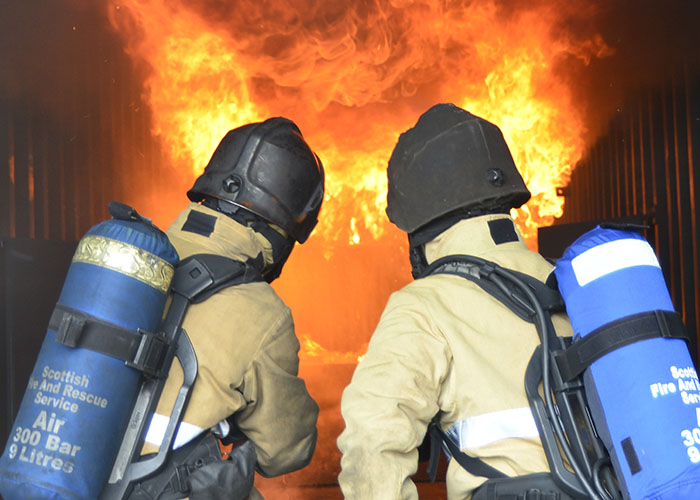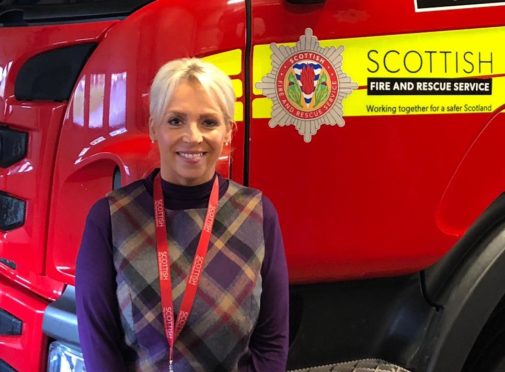With the festive party season just around the corner, those working to keep us safe from fire have a vitally important message.
More blazes start in the kitchen than in any other room in the house, and the dangerous combination of cooking when taking medication or drinking alcohol is a real concern for the Scottish Fire and Rescue Service (SFRS).
In the north of Scotland last year there were 1005 accidental house fires, 445 of them caused by cooking, and a total of six fatalities.
Jillian Murray, an Aberdeen-based Community Safety Advocate with the SFRS Community Action Team, says these are numbers she and her colleagues would dearly like to see reduced.
Jillian has worked for the fire service for 30 years, 28 of those in the emergency control room taking calls and sending out fire engines.
Now her work is focused on fire prevention, and her decades of experience on the frontline means she is all too aware of the most common causes.
She said: “A lot of fires start in the kitchen. Often that might involve an elderly person or people taking medication or who have been drinking alcohol or taking drugs. If you’re not fully alert, don’t do any cooking.
“People will be going out to Christmas parties, and if you come home after a night out and you’ve been drinking just buy a take-away or prepare a cold snack. It’s not worth the risk to start cooking.
“If you leave the kitchen while the oven or stove is on, there is a higher risk of falling asleep and, even if an alarm goes off, you’re not going to be as alert. Sadly, we’ve had people not waking up during a fire alarm.”

Jillian added: “Chip pan can be a big problem, and the best way to avoid a fire with hot oil is to use a thermostat-controlled fryer because it regulates the temperature.”
In her community role, Jillian works in partnership with other agencies, including social and housing services, to help protect those most at risk. She said: “We do Home Fire Safety Visits which any member of the public can have. They’re free, and are particularly important for those who are elderly, have mobility difficulties, and people with drinking and drug problems.
“We run through a questionnaire, and then we just check around the property, give advice and discuss an escape plan. That 10/15 minute visit could save their life. If the occupiers don’t have smoke alarms we won’t leave without fitting any.
“We recommend one fire alarm per level, and everyone should have a heat alarm in their kitchen. They act with a sudden rise of temperature and would likely go off before the smoke alarm, giving you vital time to escape.”
If a fire does break out at home, Jillian is equally clear on the best course of action.
“When a fire starts our advice is get out and stay out. Don’t try and tackle it yourself because we see more and more people getting injured this way.
“Ultimately, we’re not trying to tell people to change how they live their lives, this is just about keeping everybody safe.”
- To arrange a free Home Fire Safety Visit call 0800 0731 999, text ‘FIRE’ to 80800 from your mobile phone or visit www.firescotland.gov.uk to find the number of your local fire station, or complete an online form.

